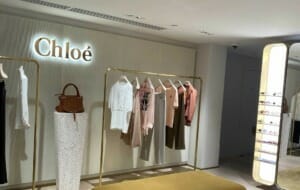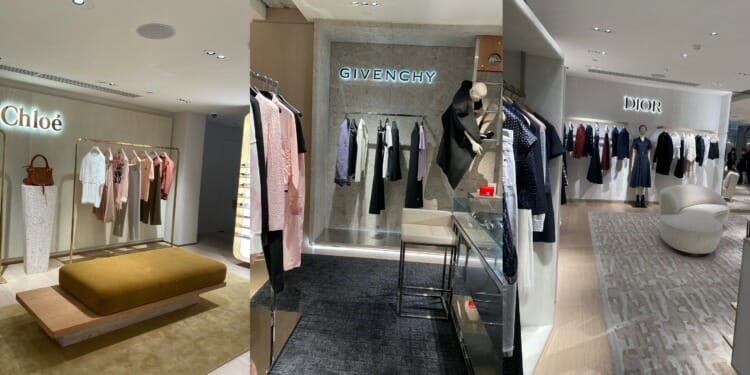Extinction Rebellion crashed the runway at Paris Fashion Week – https://t.co/5ioMhgO1Bw pic.twitter.com/7XhOpsU2ip
— Nuevo Culture (@nuevoculture) October 11, 2021
The Paris Fashion Week developed “tools” aimed to measure sustainability around 11 different themes including travel, waste, scenography material and communication. They also aimed to measure the environmental impact of the digital shows by conversion of the video into kilowatt-hours, followed by a conversion to carbon footprint. It was hoped that the measurements provided by the tools would allow for uniform transparency for impact and sustainability. Chief executive of the Copenhagen Fashion Week, Cecile Thorsmark has commented that “measurement is an important step to gain insights and knowledge”.
Despite these efforts, measurements can only go so far. Without clear plans to implement rules or policies as a result of these measurements, what effect the tools really have in reducing the impact of Paris Fashion Week remains to be seen.
Related Articles: From Hardwear to Quickwear: The Evolution of the Apparel Industry | Why Sustainable Fashion Must Converge With Intersectional Environmentalism
Many of the designers attempted to tackle climate issues in their clothing designs. Gabriela Hearst, creative director of the label Chloé, stated that Chloé “believe[s] luxury fashion has become overly industrialised”. The label’s collection for Paris Fashion Week 2021 included handbags made from deadstock fabric and necklaces made from seashells and leftover fabric. Hearst hopes that although the high-end nature of these products means that their impact on the fashion industry’s sustainability balance will be minimal, putting these items on show at the world’s biggest fashion event will have a knock-on effect on wider fashion culture. Despite this promising show, Chloé did not disclose information on a number of other sustainability themes such as travel and communication.

In the photo: Chloé stand at Samaritaine, Paris. Photo Credit: Henrietta McFarlane
Implications for the wider Fashion Industry
The Chloé show is a case in point and an answer to Jess Cartner-Morely’s warning that “unless the industry starts taking sustainability seriously, it risks becoming the thing it most dreads – uncool”. Whilst a movement towards a more sustainable fashion industry is taking place, nothing is happening quickly enough with fast fashion being the biggest driver of the industry’s issues.
In a report released last month ahead of COP26, Eco-Age and the Geneva Centre for Business and Human Rights reported that “all major fashion brands claim to be engaged in sustainability efforts … many are struggling and indeed failing because they are using a flawed definition of sustainability, unscientific methods and selective implementation”. It also suggested “greenwashing” – i.e. the attempt to appear more sustainable that one actually is – to be a huge problem for the fashion industry. The fashion industry accounts for one-quarter of the global climate budget at its current rate. Furthermore, brands such as Marc Jacobs, Hermes and even Chloé who claim to be committed to sustainability, still use real animal fur in their clothing.
Today in Brussels, @MakeLabelCount launched its campaign calling on the EU to stop #greenwashing and to address the proposed #PEF legislation.
Watch more: https://t.co/JVj2jySVNt
Join the campaign: https://t.co/Mh0EmSjiMY#MakeTheLabelCount #sustainablefashion @liviafirth pic.twitter.com/oUc36cEMFG— ECO-AGE (@ecoage) October 13, 2021
The Paris Fashion Week committee is yet to release the figures found by the tools used during the events. However, an Extinction Rebellion protester’s interruption at a Louis Vuitton show last week, holding a sign that read “Overconsumption = extinction”, demonstrated the view that a plan to measure environmental impact and hints at sustainable fashion solutions throughout the week-long festival were not good enough.
Stay tuned for more to come at the next fashion shows.
Editor’s Note: The opinions expressed here by Impakter.com columnists are their own, not those of Impakter.com. — In the Featured Photo: Luxury Fashion stands at Samaritaine, Paris. Featured Photo Credit: Henrietta McFarlane










